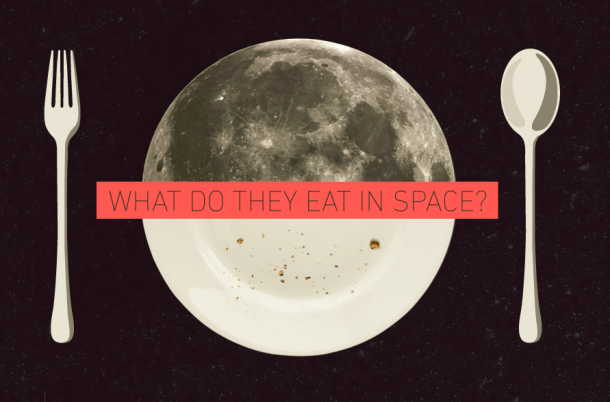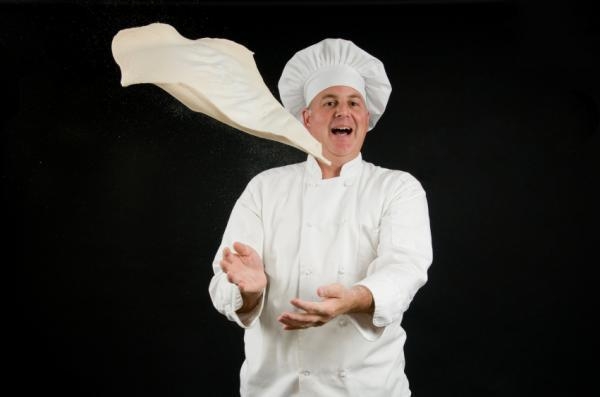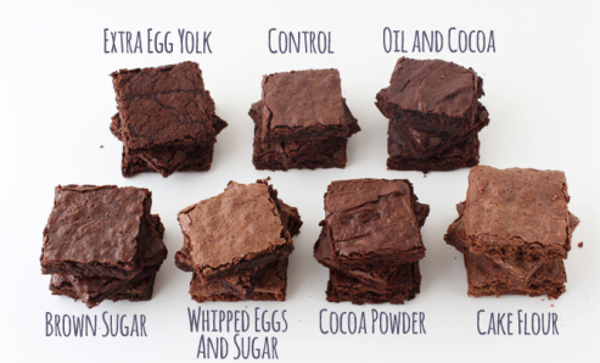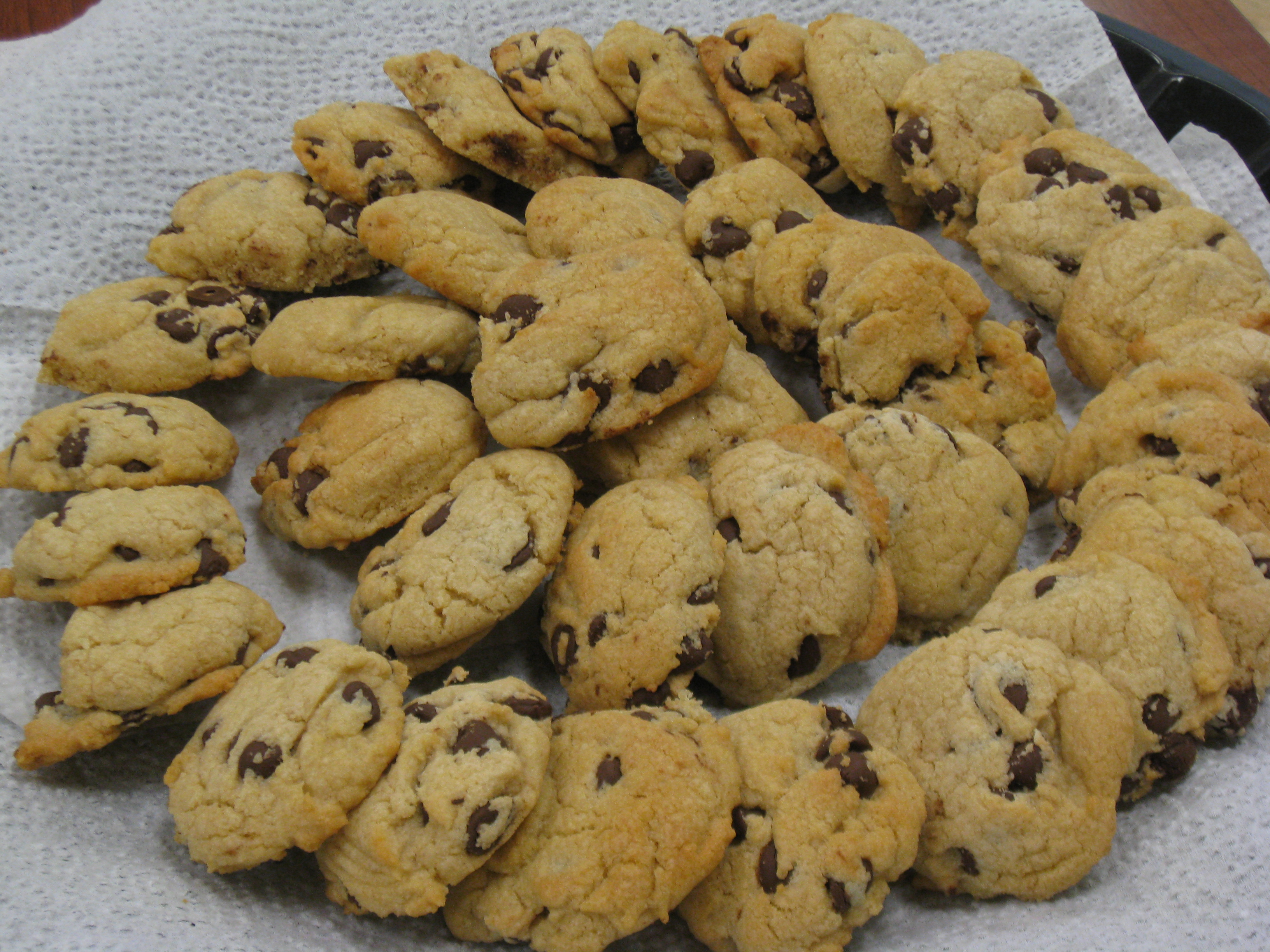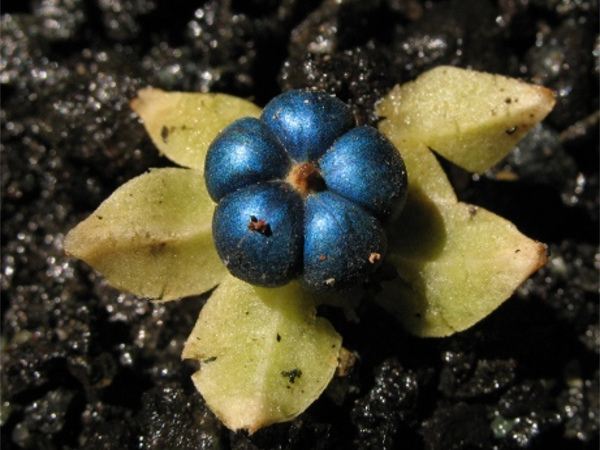In the not-so-distant future, surfing the web at 35,000 feet will be just as reliable as going online at your favorite coffee shop. Who do we thank for this aeronautical innovation? Teams of engineers have been leading the charge to bring us quality in-flight internet, but there’s another WiFi hero you probably didn’t expect… potatoes!
Providing strong and consistent WiFi throughout a crowded airplane cabin presents an interesting challenge. Because the human body can interfere with WiFi signals, a cabin full of passengers can wreak havoc on an otherwise stable internet connection. But running rigorous WiFi tests on a full, airborne flight is impractical. And holding passengers hostage for days in a grounded airplane cabin is just unthinkable.
Enter the potato. Potatoes and humans have comparable dielectric properties, meaning that they similarly interact (and interfere) with WiFi signals. Engineers at Boeing used this to their advantage, creating a new way to test the quality of airline WiFi sans humans. The aptly named “project SPUDS” (Synthetic Personnel Using Dielectric Substitution) used 20,000 pounds of potatoes to quickly optimize the effectiveness and safety of WiFi signals aboard decommissioned airplanes.
When this breakthrough hit newsstands back in 2012, Boeing made it clear that potatoes weren’t in their original plan. In reality, SPUDS serendipitously took off when the research team stumbled across a paper from the Journal of Food Science describing the dielectric properties of 15 fruits and vegetables.
It turns out that food scientists have been studying the dielectric properties of fruits and vegetables for quite some time, as these properties determine how foods behave in a microwave oven. Dielectric properties describe how materials interact with electromagnetic waves, including those emitted by microwave ovens. In particular, dielectric properties determine how much energy a food can absorb in a microwave oven and how far into the food the microwaves will penetrate. Such information is especially useful to industrial food processors who often use microwaves to cook, pasteurize, dry, or preserve various food products.
WiFi signals are typically transmitted at a frequency (2.40 GHz) that is remarkably close to the frequency produced by microwave ovens (2.45 GHz). Thanks to the work of food science researchers, Boeing engineers could confidently choose the potato as their ideal human stand-in.
Thinking about this story, it’s hard not to marvel at the interconnectedness of science. Those food scientists probably never imagined that their work would eventually help improve internet access. And those Boeing engineers must have been pretty surprised to find themselves perusing the latest in food science research. It can be difficult to predict where our ongoing pursuit of knowledge will lead us, but one thing is clear—when it comes to expanding our view of science and making new connections, the sky’s the limit.
 About the author: Liz Roth-Johnson is a Ph.D. candidate in Molecular Biology at UCLA. If she’s not in the lab, you can usually find her experimenting in the kitchen.
About the author: Liz Roth-Johnson is a Ph.D. candidate in Molecular Biology at UCLA. If she’s not in the lab, you can usually find her experimenting in the kitchen.
Read more by Liz Roth-Johnson

